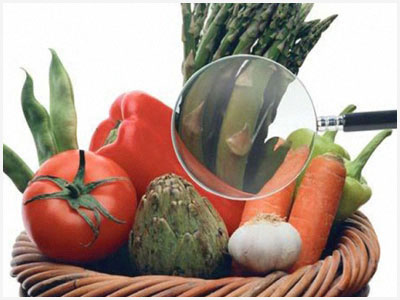
While talking about the issue of ensuring food safety, a very wide process is mentioned. In the process of tons of foodstuffs from the field to the table, food safety systems should be used much more effectively.
Food trade is carried out globally and offers great benefits to consumers. Likewise, consumers are provided with quality, reliable and affordable foodstuffs that meet their demands and expectations. In addition to these, the variety of foodstuffs is increasing day by day.
The FSSC 22000 is a globally recognized standard for auditing, monitoring and certification of all foodstuffs in order to ensure food safety. The combination of ISO 22000 and PAS 220 standards, the FSSC 22000 standard, is based on the ISO 22000: 2005 standard and PAS 220: 2008 standards.
Developments in the food sector necessitate the emergence of new systems in the production and consumption of reliable and healthy foodstuffs and the priority of health. GAP (Good Agricultural Practices), GMP (Good Manufacturing Practices), GHP (Good Hygiene Practices), Good Hygiene Practices) and HACCP (Hazard Analysis and Critical Control Points, Hazard Analysis and Critical Control Points) standards and accreditation practices as a result of this obligation. One of these applications is the FSSC 22000 Food Safety Management System.
The main purpose of food safety systems is to introduce an effective method for reducing food-borne hazards. At the core of all these systems is a food safety approach from farm to table.
The basic principles of FSSC 22000 Food Safety Management System can be listed as follows.
Situations that may pose a risk at any stage of production should be identified and evaluated. In other words, risk analyzes should be made.
Necessary measures should be taken in advance for risky situations. This means that the control points and the risk should be determined at the moment.
All processes of food production should be specified. In other words, the raw material intake, the use of additives, the selection of packaging materials and the final product characteristics should be specified in detail.
All processes in the food chain should be traceable.